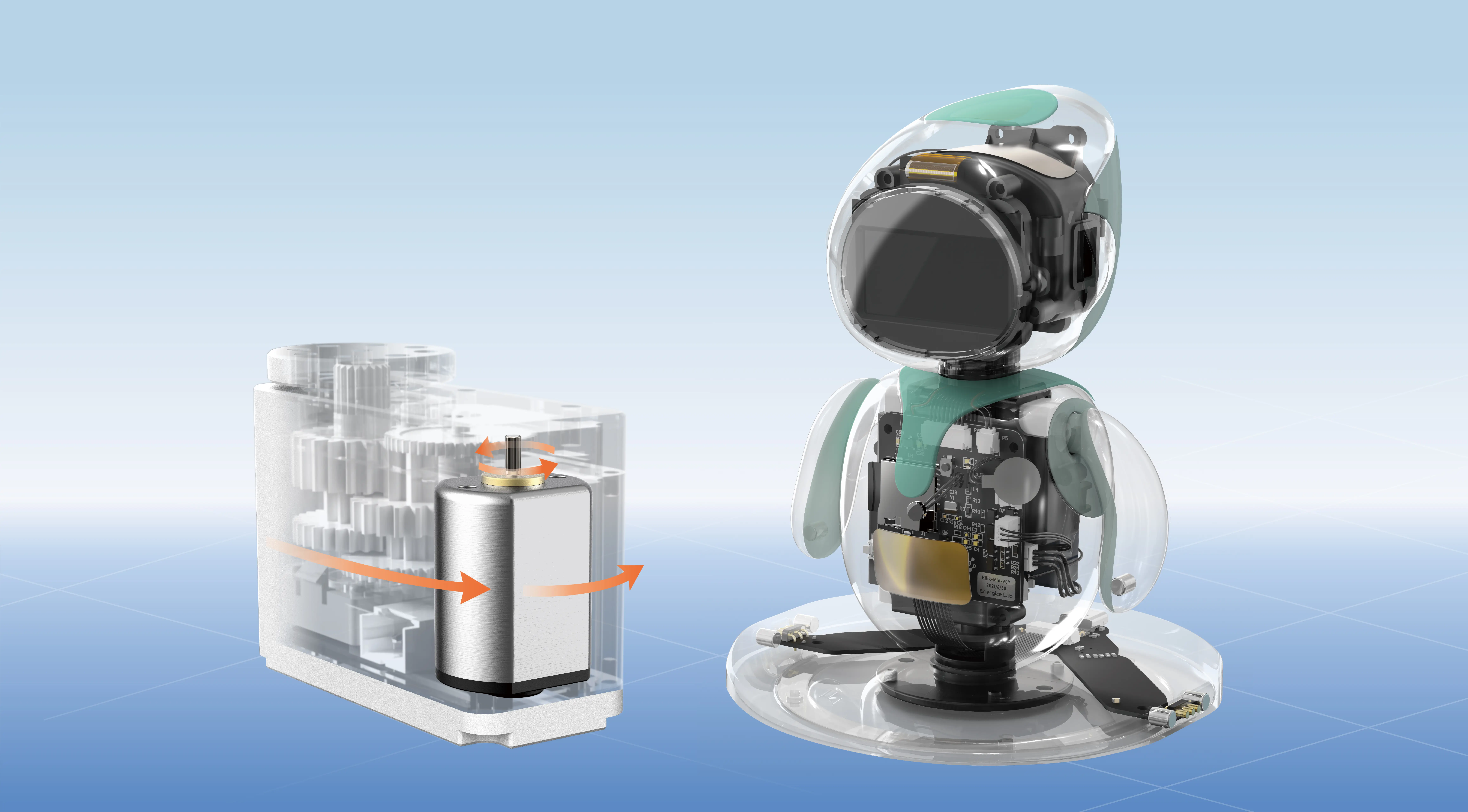Does a Servo Motor Need a Motor Driver? Unraveling the Connection
In the world of robotics, automation, and precision machinery, servo motors are often hailed as the backbone for accurate and reliable movement. From robotic arms to CNC machines, they are everywhere, performing tasks that demand precision and consistency. But when building or troubleshooting a servo system, a common question pops up: Does a servo motor need a motor driver?

To answer this question, it’s vital first to understand what a servo motor is and how it functions. Unlike basic DC motors, servo motors are designed with integrated feedback systems—usually encoders—that allow precise control of position, speed, and torque. This feedback loop ensures that the motor can correct its motion in real-time, maintaining accuracy throughout operation.
However, a servo motor by itself isn't enough. It's a sophisticated component that requires proper control signals and power regulation which is where the motor driver comes into play. Think of the motor driver as the translator and regulator—it interprets control commands from a microcontroller or a control system, then supplies the appropriate power and signals to the servo motor.
The Role of a Motor Driver in Servo Systems
Motor drivers act as intermediaries, ensuring the servo motor receives the right amount of current and voltage at the right time. They help translate control inputs into motor actions—a vital function because servo systems typically operate via Pulse Width Modulation (PWM). PWM signals encode information about speed and position commands into quick on-off pulses, which the driver amplifies to drive the motor accordingly.
Without a driver, sending simple control signals directly to a servo motor isn’t feasible. The motor's internal circuitry is designed to handle specific electrical inputs, and improper signals can damage it or lead to ineffective operation. The driver shields the processor or controller circuit from high current demands and helps prevent electrical faults.
Why Can't You Just Power a Servo Motor Directly?
Some might wonder if plugging a servo motor directly into a power source, perhaps through a switch or a simple transistor, would suffice. While small, low-voltage servo motors might seem manageable without specialized drivers, doing so is risky and usually ineffective for several reasons:
High Current and Voltage Requirements: Servo motors often require more current than a basic circuit can supply safely. A direct connection might lead to insufficient power, resulting in sluggish performance, or worse, overheating and damage.
Lack of Control Precision: Servo operations need nuanced control signals for position and speed regulation. Without a proper driver that interprets PWM signals, servo motors can’t perform their intended functions accurately.
Protection and Safety Features: Good servo drivers come with built-in protections such as thermal shutdown, overcurrent, and short circuit prevention, increasing reliability and lifespan.
Compatibility and Signal Conversion: The internal electronics of a servo motor expect specific waveforms and power characteristics. Drivers convert generic signals into precisely controlled power outputs compatible with the motor's design.
Different Types of Servo Systems and Driver Requirements
It's worth noting that “servo motor” is a broad term encompassing various types: brushed DC servo motors, brushless DC (BLDC) motors, AC servos, and more. Each type has different requirements for control and powering.
Brushed DC Servo Motors: These typically need a driver capable of handling the motor’s voltage and current, providing the PWM control signals while managing commutation (the switching of current in the brushes).
Brushless DC (BLDC) Servo Motors: BLDCs usually demand specialized drivers known as electronic speed controllers (ESCs) that manage their electronically commutated operation.
AC Servos: These often integrate their own control electronics, but supplementary drive circuitry or controllers are used depending on the system complexity.
Wrapping Up Part 1
In summary, whether you're designing a robotic arm or an automation line, understanding the relationship between a servo motor and its driver is fundamental. Answering the initial question: Does a servo motor need a motor driver?—the answer is a resounding yes, especially when your goal is precise, safe, and efficient control.
In the next part, we'll explore the different types of servo drivers available, how to select the right one for your application, and some practical tips for integrating and troubleshooting servo motor systems.
Kpower has delivered professional drive system solutions to over 500 enterprise clients globally with products covering various fields such as Smart Home Systems, Automatic Electronics, Robotics, Precision Agriculture, Drones, and Industrial Automation.




































